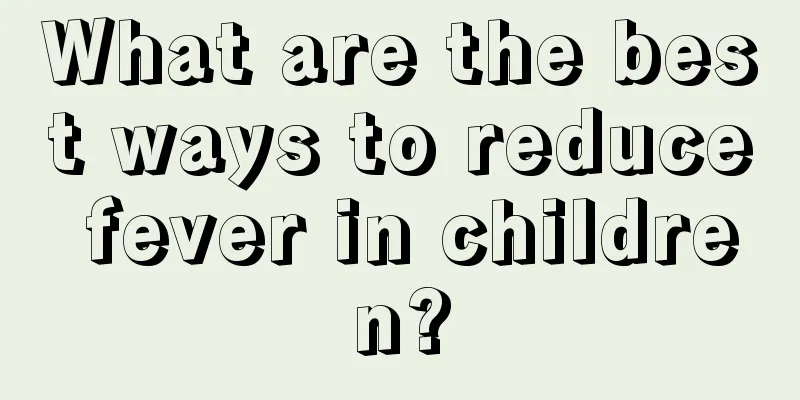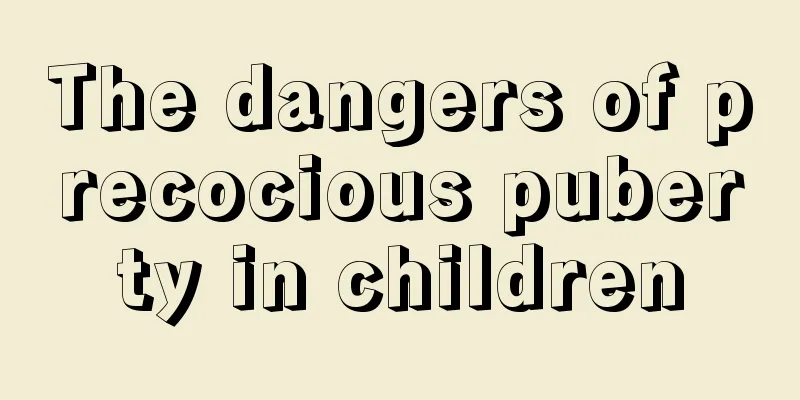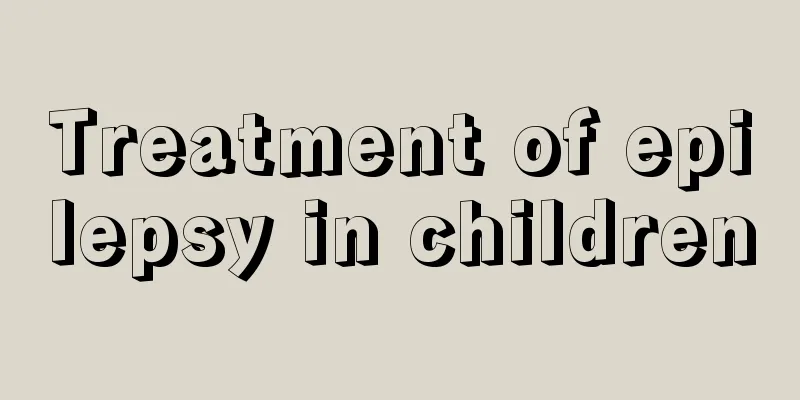What medicine should children take for mumps

|
Since children's immunity is much lower than that of adults, the chance of children contracting mumps is much higher. When children are diagnosed with mumps, parents should fully play their role, because severe mumps may affect other parts of the child's body. For example, some boys who do not receive timely treatment after contracting mumps may end up being infertile for life. What are the special treatments for mumps in children? What medicine should children take for mumps Mumps can occur in local epidemics in densely populated areas, but it can also cause pandemics when a large number of susceptible people gather. Mumps is less contagious than measles and chickenpox. Late winter and early spring are the peak seasons for the disease. Although mumps can occur at any age, the most common disease occurs in children aged 5-10 years old. It is rare under 2 years old, and children under 1 year old are generally immune. In about 25% to 30% of cases, clinical manifestations are not obvious. What medicine is good for children with mumps? 1. Mumps - Heat and Toxin Type It usually presents as swelling of the cheeks, which is painful with the slightest touch. Eating, chewing and swallowing are all difficult, the throat is red and swollen, the bowel movements are hard and difficult, the urine is short and yellow, the tongue is red, and the tongue coating is thick and yellow. The treatment prescription for this type of symptoms is: Scutellaria baicalensis 12g, Picrorhizoma Ceratilis 8g, Phellodendron chinense 6g, Taraxacum mongolicum 32g, Puffball 4.5g (wrapped in cloth and decocted), Raw Pollen 3.3g (wrapped in cloth and decocted), Prunella vulgaris 18g, Bupleurum 6g, Scrophularia ningpoensis 12g, Arctium lappa 10g, and Licorice 6g. Add water and boil into 400ml, take warm twice a day. Take 1 dose per day for 3 consecutive days. 2. Mumps of wind-heat exogenous type This type of mumps has similar symptoms to a cold, with common symptoms including headache, fever, sneezing, runny nose, swollen and sore cheeks, and uncomfortable pain in the cheeks when eating and chewing. The tongue is red with a thin yellow coating. Treatment should focus on clearing away heat and toxic substances, and dispersing the nodules. Available: Mint 5g (added later), Forsythia suspensa 12g, Local honeysuckle 15g (locally produced honeysuckle), Scrophularia 12g, Prunella vulgaris 15g, Polygonum cuspidatum 12g, Schizonepeta tenuifolia 6g, Isatis root 25g, Burdock fruit 9g, Scutellaria baicalensis 8g, Phellodendron chinense 6g, Licorice root 6g. Add water and boil into 400ml, take warm twice a day, and can take 3 to 4 doses in a row. |
<<: Symptoms of mild brain injury in babies
>>: How to deal with baby urethritis
Recommend
Reasons why children sweat at night
Many times, children always sweat when they sleep...
What are the main functions of eye health exercises for children?
Children's health exercises include many aspe...
What is the reason for the newborn's belly button to protrude?
If a newborn has a protruding belly button, you s...
Is it okay to hold a newborn baby as soon as it cries?
The most common way for newborns to exercise righ...
What are the reactions of babies after receiving BCG vaccination?
Vaccinating babies is one of the necessary things...
Can children with bronchitis eat eggs?
It is not absolute that eggs are suitable for eve...
Is it serious if I still have jaundice after the full moon?
Jaundice is divided into physiological jaundice a...
What should I do if my baby's lower eyelid is swollen?
The baby's skin is extremely tender and fair,...
6 key points of children's diet and health care in autumn
As the saying goes, "One autumn rain brings ...
What to do if your child has a fever, cold, or cough
Cold and cough are common symptoms, especially fo...
What medicine should children take when they catch a cold?
When the seasons change or in the cold winter, ma...
1 month old baby sleep time
Everyone knows that the younger the baby is, the ...
What to do if your child has mouth ulcers
Oral ulcers are not exclusive to adults. In fact,...
What should children eat if they have oral ulcers?
Do parents know that babies can also get oral ulc...
What are the symptoms of zinc deficiency in children?
The body of a child needs balanced nutrition, whi...









